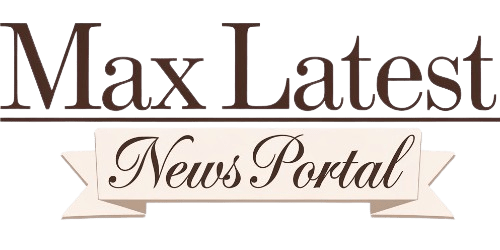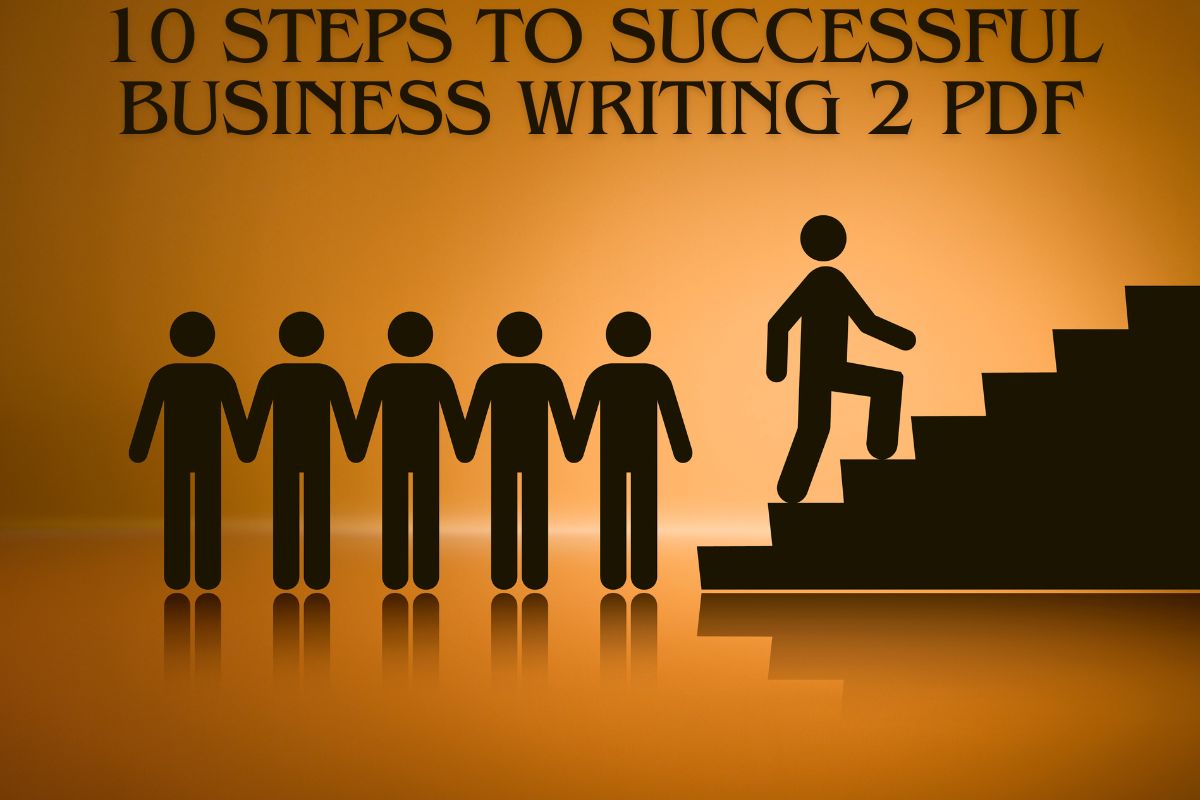Effective business writing is an art form that inspires action, communicates ideas, and establishes a reputation in the industry. It is not merely a talent. By mastering the 10 steps to successful business writing 2 PDFs, individuals can create clear, concise, and impactful messages tailored to various audiences. This guide offers actionable insights to refine your business writing, ensuring success across all forms of communication, from emails to reports.
The Power of Clear Communication
Clear communication forms the foundation of successful business interactions. It eliminates confusion, conveys ideas precisely, and aligns teams with organizational goals. A well-written document builds trust, establishes authority, and inspires confidence. With clarity, readers understand and act promptly, reducing the need for follow-up explanations and saving valuable time and resources.
Addressing Common Pitfalls in Business Writing
Despite its importance, business writing often stumbles over these common hurdles:
- Ambiguity: Vague statements lead to misinterpretation and delays.
- Verbosity: Unnecessary words dilute the message.
- Lack of Focus: Straying from the main point reduces impact.
These challenges can be resolved with disciplined planning and attention to detail, as outlined in the 10 steps.
The Refined 10 Steps to Successful Business Writing 2 PDF
Step 1 Define Your Purpose
Business writing must always start with a clear intention. Understanding why you’re writing creates a foundation for everything else.
Identifying Your Objective
Before drafting, ask yourself: What do I want to achieve with this message? Whether the goal is to inform, persuade, or request action, your purpose dictates the tone, structure, and content of your writing. For instance, a client-facing proposal must persuade with compelling data, while an internal report focuses on relaying critical updates.
Aligning Messages with Business Goals
Aligning your message with broader organizational goals enhances its relevance. For example, a memo about reducing waste should connect with a company’s sustainability initiatives, showcasing how it supports strategic priorities. This alignment also highlights your awareness of organizational needs, enhancing your professional credibility.
Step 2 Understand Your Audience
Developing an effective message requires a thorough understanding of your audience. Tailoring content ensures it resonates with the reader’s expectations and needs.
Tailoring Your Tone and Style
A formal tone, characterized by professional language, suits official communications such as reports or proposals. On the other hand, a conversational tone may engage internal teams during less formal interactions. Consider your audience’s cultural and organizational context to strike the right balance.
Addressing Needs and Expectations
Understanding your audience’s pain points and motivations enables you to address them directly. For instance, it shows consideration and establishes rapport to address a client’s issues up front in a proposal.
Step 3 Plan Before You Write
Successful writing begins long before the first word is typed. Adequate preparation ensures clarity and coherence.
Mapping Out Your Key Ideas
Start by recording the main points you want to cover. This brainstorming phase organizes thoughts and identifies the critical elements to include.
Crafting an Effective Outline
An outline serves as your writing’s route map. For instance, a project update might follow this structure:
- Key achievements
- Current challenges
- Next steps
A logical sequence streamlines your writing and ensures the final piece is cohesive.
Step 4 Clarity is Key
Clarity distinguishes exceptional business writing. Without it, even the best ideas lose their impact.
Eliminating Ambiguity
Ambiguity breeds confusion. Phrases like “We’ll finish this soon” lack specificity, while “The project will be completed by Friday at 3 PM” provides clarity and confidence.
Using Plain Language for Maximum Impact
Only use overly technical terms if your audience is familiar with them. For example, replace “utilize” with “use” or “optimize” with “improve” for broader accessibility.
Step 5 Stay Concise and Focused
Time is a precious commodity. Writing that respects your reader’s time will likely leave a lasting impression.
The Art of Brevity in Business Communication
Convey the message in as few words as possible without sacrificing meaning. For example, instead of writing, “Because we lack resources,” say, “We lack resources.”
Avoiding Information Overload
Focus on the most critical points and trim unnecessary details. Overloading information can distract the reader from the core message, reducing effectiveness.
Step 6 Structure for Readability
Well-organized content improves engagement and retention.
Effective Use of Headings and Subheadings
Breaking text into sections with clear headings makes it easier to navigate. Headings like “Key Metrics” or “Budget Allocation” instantly inform the reader of the topic, saving time.
Organizing Content with Bullet Points and Lists
Bullet points highlight essential information, while numbered lists introduce a logical sequence. For example:
- Improved clarity
- Faster comprehension
- Better reader engagement
Step 7 Choose Your Words Wisely
The words you choose directly affect how your message is perceived.
Professional vs. Casual Language
While professional language conveys authority, casual language may create a friendlier tone. Choose words that resonate with the intended audience without compromising professionalism.
The Role of Actionable Verbs
Action-oriented verbs, like “recommend,” “prioritize,” or “streamline,” create urgency and encourage action. Contrast this with vague verbs like “consider” or “think about,” which lack immediacy.
Step 8 Visualize to Amplify
Visual aids enhance understanding and keep readers engaged.
Enhancing Understanding with Charts and Tables
Complex data is often better represented through visuals. For instance, a pie chart illustrating budget allocation is easier to digest than a dense paragraph of text.
The Balance Between Text and Visuals
Combine visuals with concise explanations. For example, introduce a chart with a one-sentence summary of its relevance to the topic.
Step 9 Proofread Like a Pro
Writing is complete with a thorough review.
Tools and Techniques for Spotting Errors
Leverage tools like Grammarly or Hemingway Editor to catch grammar and style issues. However, manual proofreading remains essential for catching context-based errors.
The Importance of a Second Set of Eyes
A colleague can provide a fresh perspective, identifying gaps or inconsistencies you might overlook. Peer reviews elevate the quality of business writing.
Step 10 Adapt for the Platform
Writing for different platforms requires adjustments in style and format.
Writing for Emails, Reports, and Presentations
Emails should be concise, with clear subject lines and actionable conclusions. Reports demand comprehensive details, while presentations rely on bullet points and visuals to maintain audience interest.
Adjusting for Print vs. Digital Formats
Print documents require traditional formatting with clear headings and consistent fonts. Digital formats benefit from clickable links, interactivity, and mobile-friendly layouts.
Conclusion
Mastering these 10 steps to successful business writing transforms how you communicate professionally. By defining your purpose, understanding your audience, and embracing clarity, you can craft compelling messages that resonate. Whether referencing a guide like 10 Steps to Successful Business Writing 2 PDF or refining your skills through practice, constant improvement is the key to great writing. Each document is an opportunity to enhance, communicate effectively, and leave a lasting impression.
Frequently Asked Questions (FAQs)
What is the significance of the 10 Steps to Successful Business Writing 2 PDF guide?
The guide is a comprehensive roadmap for crafting clear, concise, and impactful business communications. It provides actionable steps to enhance writing skills and ensure messages resonate with diverse audiences.
How does defining your purpose improve business writing?
Defining your purpose ensures clarity by aligning your message with your goals. This focus helps tailor tone, structure, and content, making your communication more effective and impactful.
Why is understanding your audience crucial in business writing?
Understanding your audience lets you adjust your language, tone, and style to suit their needs. It helps address their needs, builds rapport, and enhances the relevance of your message.
How can visuals like charts and tables amplify business writing?
Visuals simplify complex information, making it more digestible and engaging. They help convey key data effectively and complement written content for better comprehension.
What are the common pitfalls in business writing, and how can they be avoided?
Common pitfalls include ambiguity, verbosity, and lack of focus. Writing, eliminating unnecessary words, and staying focused on the main message can avoid these pitfalls.





















